Key Highlights
- Master the fast-paced, fluid combat of the The First Berserker: Khazan, blending methodical dodges with high-risk, high-reward parries.
- Customize your gameplay by investing in a deep skill tree and choosing between three unique weapon type options: the Greatsword, Spear, and Dual Wield blades.
- Prepare for brutal and satisfying boss encounters, where learning attack patterns is the key to victory and survival.
- Explore a vast gear system with over 70 armor sets, allowing for deep build-crafting to suit your preferred playstyle.
- Uncover secrets, side quests, and hidden lore that expand the world and provide valuable upgrades for your journey.
Introduction
Welcome to the brutal world of The First Berserker: Khazan, the latest action RPG from developer Neople. This new video game drops you into the shoes of Khazan, a great general betrayed, exiled, and left for dead. Possessed by a powerful spirit, you’ll embark on a quest for revenge. This guide will provide the essential tips and tricks you need to conquer your enemies, master the challenging combat, and become the ultimate first berserker. Are you ready to claim your vengeance?

Understanding The First Berserker: Khazan Gameplay Mechanics
The gameplay in The First Berserker: Khazan will feel familiar to fans of Soulslike titles but with its own unique, fast-paced twist. As a powerful berserker, your success in battle hinges on managing your stamina. Every dodge, block, and attack consumes this vital resource, so you must be strategic. Finding a playstyle that works for you early on is crucial for survival.
This game rewards a deep understanding of its core mechanics. You can’t just button-mash your way to victory. Instead, you need to learn enemy attack patterns, know when to be aggressive, and when to defend. We’ll explore the specifics of combat and how to use your rage effectively.
Core Combat Systems and Controls
The combat system is the heart of the experience, offering a fluid and satisfying challenge. The controls are responsive, making every fight feel fair; when you die, you’ll know it was your mistake. You have light (Swift Attacks) and heavy (Potent Blows) attacks that can be chained together. However, your most important defensive tool is the parry, or “Brink Guard.” Timing this perfectly not only negates an attack but also reduces the enemy’s stamina, opening them up for a devastating counter.
Your choice of weapon type will dramatically influence your approach. The Greatsword is slow but deals a huge amount of damage, perfect for a defensive style. The Spear offers greater range, allowing you to keep enemies at a distance. For those who prefer aggressive, close-quarters fighting, the dual wield blades are ideal, though they can leave you more vulnerable.
Experimenting is key. While you can swap weapons, each has its own dedicated skill tree, making it wise to focus on one or two. Which weapon type will you master on your path to revenge?
Using Berserk Mode Effectively
Later in the game, you will unlock “Phantom Form,” a powerful transformation that functions as your berserk mode. Activating this form significantly boosts your abilities, unlocks new skills, and enhances your moveset, turning you into an unstoppable force of destruction. This mode is your ultimate tool for turning the tide in a difficult fight and is thematically tied to Khazan’s quest for revenge.
Using this mode effectively is about timing. Don’t waste it on weaker enemies. Instead, save it for boss battles or when you’re overwhelmed by a large group of powerful foes. The enhanced power drains your resources, so you need to make every second count. Efficient use of your stamina is still important even in this powered-up state.
This mechanic adds another layer to the gameplay, providing a strategic ace up your sleeve. Mastering the Phantom Form will make you feel like a true god of war, capable of tearing through any obstacle that stands in your path.
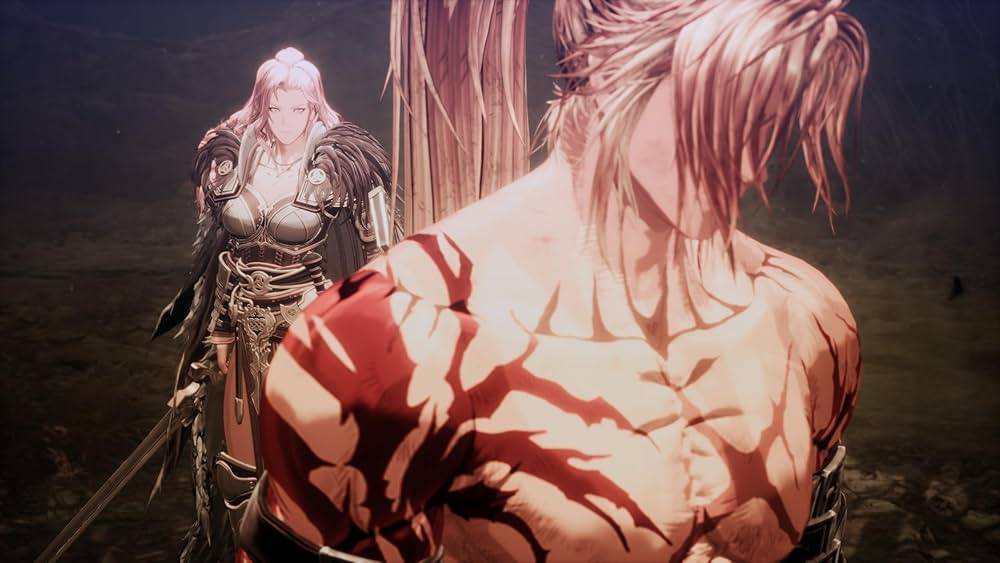
Character Progression and Building Strategies
Your journey is not just about skill; it’s also about growth. Character progression in The First Berserker: Khazan is deep and rewarding. As you defeat enemies and complete quests, you’ll earn points to level up your core stats like Vitality, Endurance, and Strength. This system allows you to tailor Khazan to your specific playstyle, whether you want to be a durable tank or a nimble glass cannon.
A major part of your progression is the skill tree. Each of the three weapon types has its own expansive tree, allowing you to unlock new combos, enhance existing attacks, and gain powerful active abilities. Let’s look at how to build your character for maximum impact.
Best Skill Trees to Unlock Early
When you first start, the sheer number of options in the skill tree can be overwhelming. A great starting strategy for beginners is to focus on skills that enhance survivability and core combat mechanics. Unlocking upgrades for your dodge and “Brink Guard” will give you more breathing room in tough fights. From there, specialize based on your chosen playstyle and weapon.
Don’t be afraid to experiment. The game allows you to reallocate your skill points at will, so you can easily switch your build if something isn’t working. Focus on one weapon’s tree initially to truly unlock its potential. Below is a table with some recommended early skills based on different stats and playstyles.
|
Playstyle |
Weapon Focus |
Recommended Early Skills |
|---|---|---|
|
Defensive |
Greatsword |
Skills that enhance blocking, increase Potent Blow damage, and boost defensive stats. |
|
Aggressive |
Dual Wield |
Skills that improve combo chains, reduce stamina cost for Swift Attacks, and add new Spirit attacks. |
|
Balanced |
Spear |
Skills that increase range, improve dodging, and offer a mix of offensive and defensive buffs. |
Optimizing Equipment and Gear Choices
Your equipment is just as important as your skills. With over 70 sets of gear to find and craft, the customization options are vast. Each piece of armor, from your helmet to your shoes, provides stat boosts. The real power, however, comes from set bonuses. Equipping multiple pieces from the same set grants powerful effects that can define your build.
Pay a visit to the blacksmith in your hub world, The Crevice. Here, you can craft new gear using recipes found during your missions. You can also upgrade your existing items and even reroll their passive bonuses. This allows you to fine-tune a piece of equipment to perfectly match your needs, such as adding more stamina recovery or fire resistance.
Don’t become too attached to a single set. As you face different challenges and bosses, you may need to swap your gear to gain an advantage. For example, the Beastslayer set is great for an aggressive, head-on playstyle, while others might offer better elemental defenses for a specific boss fight.
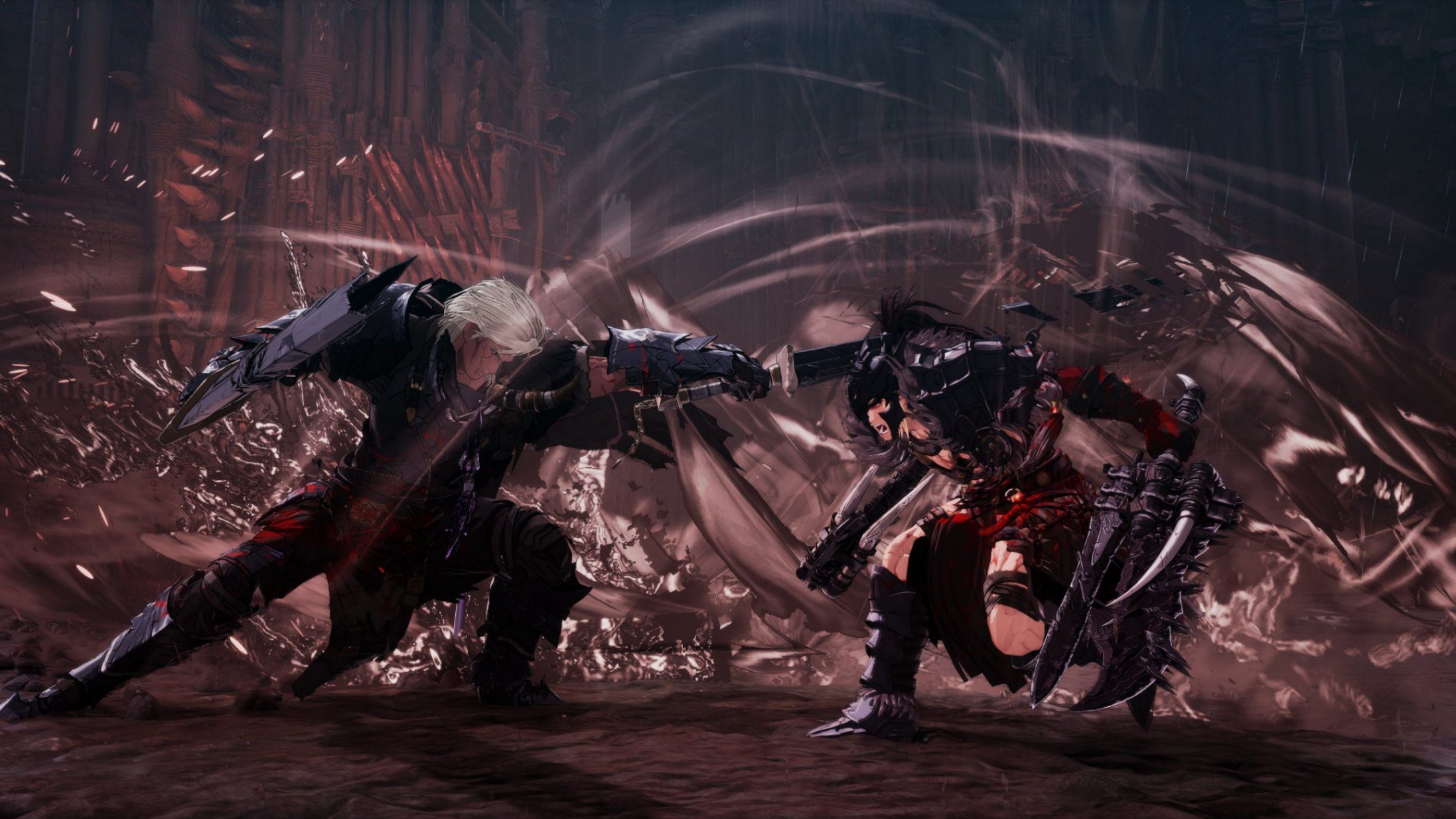
Navigating the Game World
Unlike some Soulslikes, The First Berserker: Khazan features a mission-based structure. You’ll select main levels from a map in your hub, each one a self-contained environment. The level design is largely linear but features numerous branching paths, hidden areas, and shortcuts. This encourages exploration without the risk of getting hopelessly lost.
Each location, from dilapidated ruins to spider-filled caverns, is designed to be explored thoroughly. Pushing off the beaten path will reward you with valuable loot, challenging mini-bosses, and materials for upgrading your character. Next, we’ll cover how to make the most of your exploration.
Map Exploration Tips and Shortcuts
Making the most of the map requires a keen eye. The level design is clever, often hiding valuable items and shortcuts just out of sight. Always be on the lookout for anything that seems unusual, as it might lead to one of the game’s many secret paths.
While the main path will get you to the boss, true power comes from what you find along the way. Take your time in each area. You’ll often discover shortcuts, like a locked door that can be opened from the other side, that create a valuable link back to a Blade Nexus (your bonfire/save point). This is crucial for attempting difficult boss fights without a long run-back.
Here are a few tips to guide your exploration:
- Look for destructible objects: Barrels, crates, and weak walls can hide secret paths or loot.
- Use verticality: Check above and below you. Ledges and drops often lead to hidden areas.
- Revisit areas: After gaining new abilities, you might be able to access previously unreachable spots.
- Listen for clues: Sometimes, audio cues can hint at a nearby secret.
Important NPCs and Side Quests
Your hub world, The Crevice, will gradually fill with allies you rescue on your journey. Each NPC offers unique services and quests. The blacksmith is essential for crafting and upgrading gear, while others might run a shop or provide lore about Khazan‘s past and what happened to his friend, Ozma.
Engaging with these characters is vital for progression. They will offer you side quests, which are more than just busywork. These optional missions remix existing levels with new enemies, layouts, and powerful alternate bosses. They are a fantastic way to earn gear blueprints, crafting materials, and upgrades for your healing items.
Completing side quests also adds valuable context to the story. You’ll learn more about the world, the people Khazan once protected, and the political intrigue that led to his betrayal. These missions provide character development that is sometimes missing from the main plot, making them well worth your time.
Boss Battles and Enemy Encounters
The boss encounters are the absolute highlight of The First Berserker: Khazan. These fights are brutally difficult, demanding near-perfection and a complete understanding of your abilities. Each boss is a puzzle to be solved, requiring you to learn their attack patterns and tells. Surviving the massive amount of damage they dish out is a challenge in itself.
These climactic battles at the end of the main levels will test your patience and skill. However, the feeling of finally conquering a boss that has blocked your progress for hours is incredibly rewarding. Let’s break down how to approach these monumental fights and come out on top.
Patterns and Weaknesses of Major Bosses
Every death in a boss fight is a lesson. The key to winning these intense boss encounters is to treat them like studying. Pay close attention to the boss’s movements and attack patterns. Every move is telegraphed, and learning to read these tells will let you know when to dodge, block, or attack. This is a core tenet of the video game‘s design.
Don’t be discouraged by early failures. The game actually rewards your persistence. For every attempt, you gain Lacrima (souls/currency) based on how much health you depleted, meaning even losses contribute to your progress. One of the first major walls for many players is Trokka, a fight that can take dozens of attempts. The key to finding her weaknesses is to adapt your build and strategy.
Here are some general tips for identifying patterns and weaknesses:
- Stay patient: In the first few attempts, focus on defense. Learn the timing of their attacks.
- Identify openings: Look for the recovery time after a big attack combo. This is your window to strike.
- Exploit stuns: Constantly parrying will fill the boss’s break gauge, opening them for a massive execution attack.
- Watch for phase changes: Many bosses change their moveset at certain health thresholds. Be prepared to learn new patterns.
Tactics for Dealing with Difficult Foes
It’s not just the bosses you need to worry about. The regular enemy mobs scattered throughout the levels can easily whittle down your health if you’re not careful. The right tactics are essential for crowd control and conserving your healing items for the tougher fights. Prioritize ranged enemies like archers and magic casters first, as their high accuracy can be a major nuisance.
Your choice of weapon type can make a huge difference. The Spear is excellent for keeping multiple foes at bay with its wide sweeps, while the Dual Blades can quickly dispatch a single, powerful enemy. The Greatsword can stagger groups but leaves you open. Adapt your approach based on the enemies you’re facing.
For tougher, glowing-eyed mini-bosses, treat them like a smaller-scale boss fight. Learn their limited movesets and focus on parrying to break their stance. A single, well-placed Brutal Attack can often deal a significant amount of damage and end the threat quickly.
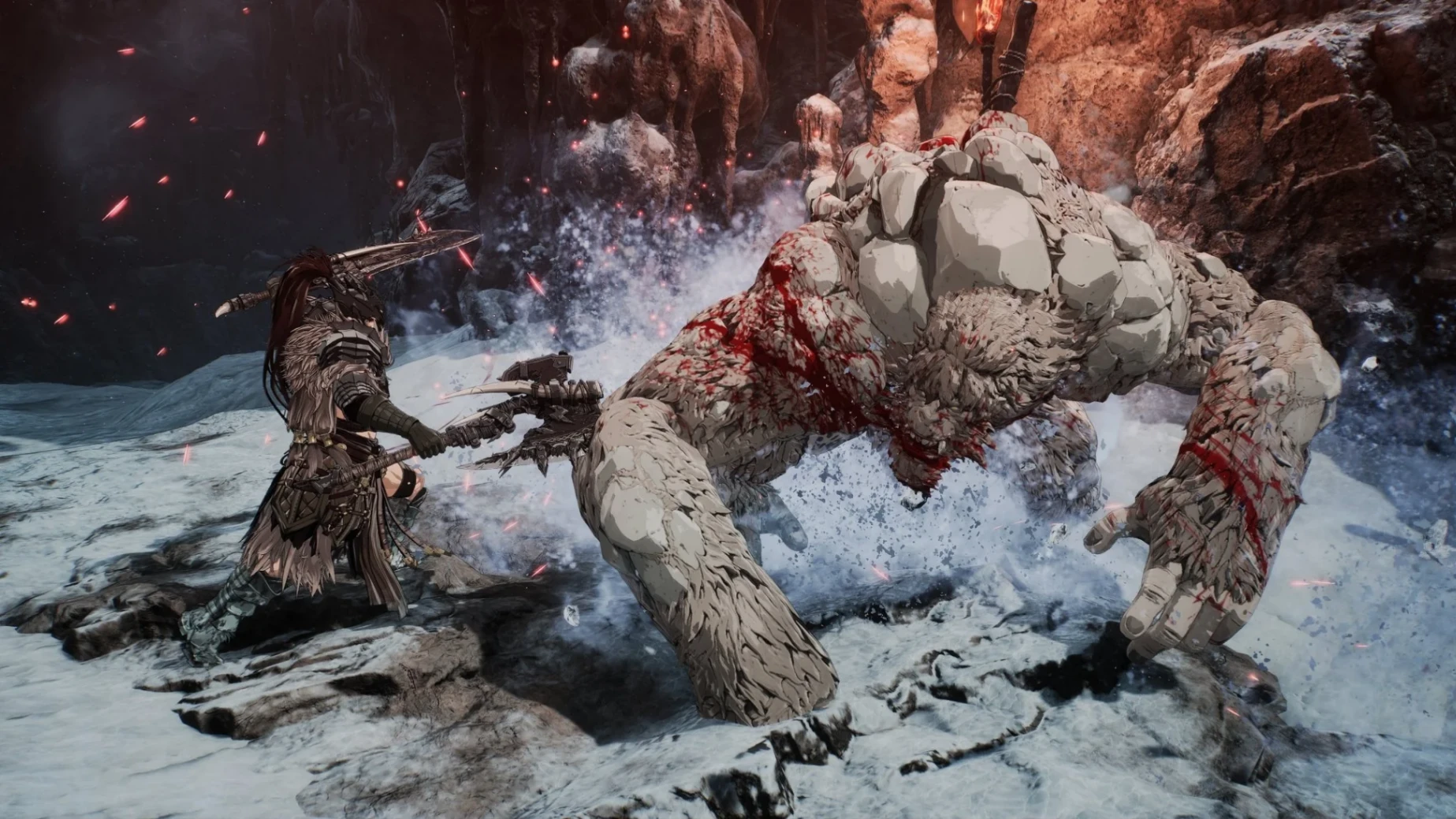
Managing Resources and Inventory
In a game this punishing, smart management of your resources and inventory is non-negotiable. Running out of healing items mid-mission can be a death sentence. You need to be deliberate about when you heal and be constantly on the lookout for more supplies.
Beyond healing, you’ll be collecting a wide variety of materials used for crafting and upgrading your gear. A cluttered inventory can be confusing, so take time between missions to organize, sell what you don’t need, and craft what you do. Let’s examine how to keep your pack stocked and your weapons sharp.
Healing Items and How to Find Them
Your primary source of health recovery is your stock of healing items. You start with a limited number, and they only replenish when you rest at a Blade Nexus. Conserving these precious resources is vital for making it through a level and reaching the boss with a fighting chance.
Finding more healing items and upgrades for them requires dedicated exploration of the map. Side quests are a particularly good source for upgrades that increase the number of healing charges you can carry. Always scour every corner of a level, as healing consumables can often be found as loot from fallen enemies or in hidden chests.
Here’s how to maximize your healing potential:
- Prioritize side quests: Many reward you with permanent upgrades to your healing flask.
- Explore thoroughly: Hidden areas often contain valuable consumable healing items that don’t deplete your main stock.
- Use them wisely: Try to only heal when you are at a safe distance from enemies and your health is critically low.
Crafting and Upgrading Weapons
Crafting is a central pillar of your progression. The blacksmith in The Crevice is your best friend, allowing you to turn blueprints and materials into powerful new weapons and armor. You should make a habit of visiting him after every major mission to see what new gear you can create.
The upgrading system is just as important. Even a common piece of gear can become powerful if you invest resources into it. The blacksmith can also “augment” your equipment, which lets you reroll the passive stats on a piece of gear. This is perfect for when you find an item with a great set bonus but poor individual stats.
Don’t neglect your preferred weapon type. Consistently upgrading your Spear, Greatsword, or Dual Blades will ensure your damage output keeps pace with the increasing difficulty of the enemies you face. A powerful weapon can make the difference between a frustrating defeat and a triumphant victory.
Secrets, Hidden Areas, and Easter Eggs
The world of The First Berserker: Khazan is filled with more than just enemies to fight. Diligent players will discover numerous secret paths, hidden areas, and even a few easter eggs. These secrets often contain the best loot in the game, from powerful gear to rare upgrade materials.
Exploration is also how you’ll uncover deeper story lore that isn’t presented in the main cutscenes. Some quests and items can be missed if you rush through missions, so it pays to be thorough. We will guide you on how to find these hidden treasures.
Discovering Secret Paths and Loot
Finding secret paths is all about paying attention to your environment. The developers have cleverly hidden breakable walls, illusory surfaces, and discreetly placed ledges throughout almost every map. These paths often lead to chests containing high-quality loot or powerful mini-bosses that drop unique rewards.
Don’t just stick to the obvious route. If you see a path that looks difficult to reach, it’s probably worth investigating. The game rewards curiosity. As John Carson from IGN notes, exploration is important, though the main levels lack “cool optional areas to stray into.”. This means the secrets are often embedded within the linear paths themselves, rather than in large, optional zones.
Keep these tips in mind to maximize your haul:
- Hug the walls: Run along the edges of every room and hallway. You might discover an opening you would have otherwise missed.
- Attack suspicious walls: If a wall looks different from its surroundings, give it a smack. It might crumble away to reveal a secret path.
- Check your map: Sometimes, an unexplored section of the map will be visible, hinting at a hidden area nearby.
Uncovering Story Lore Through Exploration
The main narrative gives you the basics, but the richest story lore is found through exploration. Scraps of text on items, environmental storytelling, and even subtle sound effects all contribute to a deeper understanding of the world, Khazan’s fall from grace, and the encroaching influence of the Netherworld.
While the plot is a simple revenge tale, the world itself has a history. By exploring, you’ll find items and interact with NPCs who shed light on the political landscape of the empire and the nature of the Blade Phantom. As Jacob Sanderson of GameGrin points out, the story isn’t complex, but “Khazan’s revenge plot feels realistic, and it works as a strong motivator.”
This makes exploration more than just a hunt for loot; it’s a way to piece together the full narrative. Pay attention to the details in ruined villages and crumbling castles. What happened here? Who were the people who lived here? Answering these questions deepens your connection to the world and Khazan’s quest.
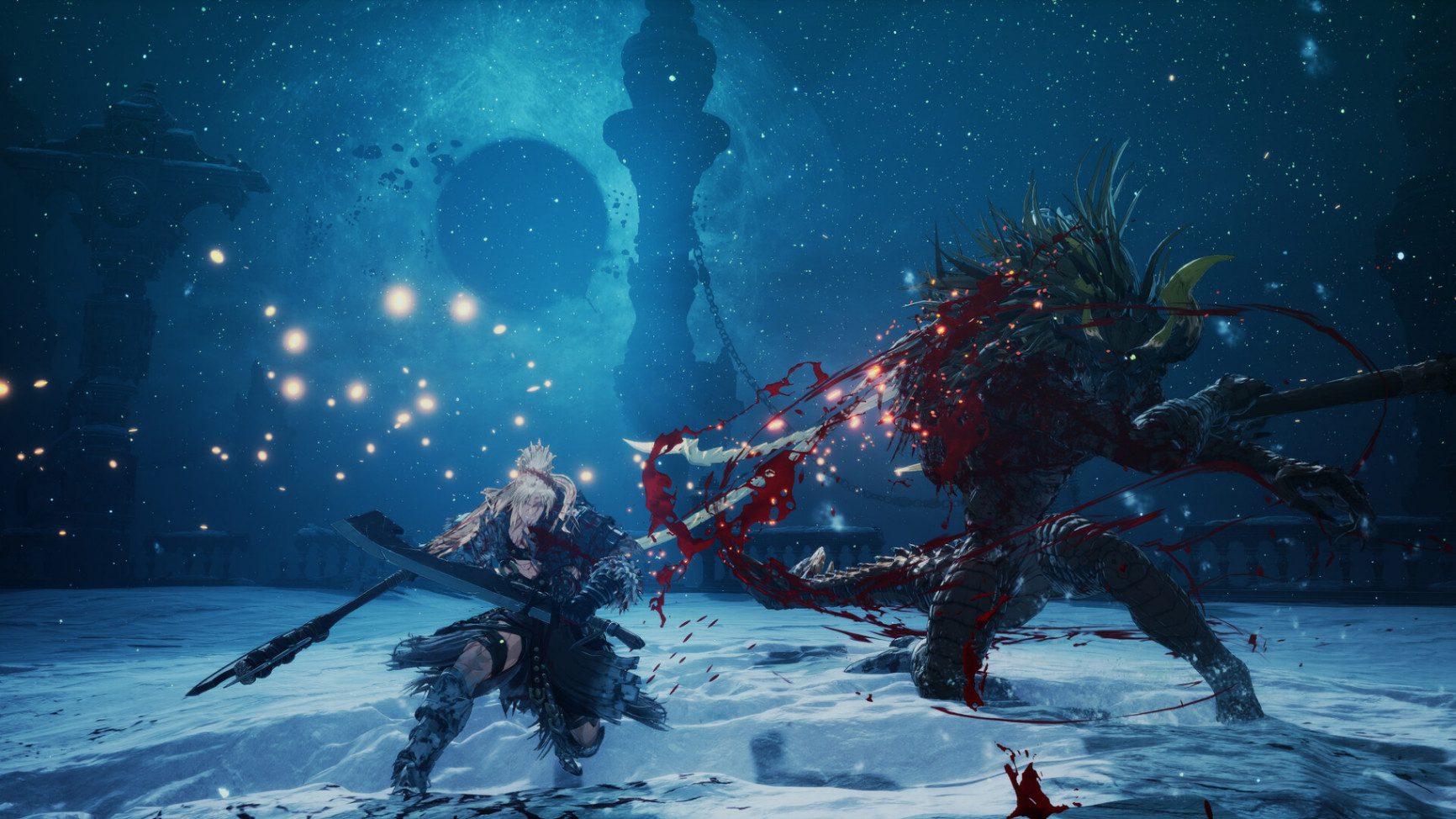
Advanced Tips for Improving Performance
For PC gamers, getting the best performance is crucial in a game where split-second reactions matter. Ensuring you have a stable FPS (frames per second) can be the difference between a perfect parry and a fatal blow. This means optimizing your game and understanding the system requirements.
We’ll cover some advanced tips to help you tweak your input settings for maximum responsiveness and adjust graphical options to boost your FPS. These suggestions will ensure you get the smoothest and most enjoyable experience possible on your rig.
Input Settings for Smooth Gameplay
Achieving smooth gameplay starts with your input settings. The default controls are solid, but you may want to customize them to your liking. In a game this fast, minimizing input lag is essential. Whether you’re playing on PC or a console like the Xbox Series X, take a few minutes to fine-tune your settings before diving in.
For PC players using a controller, ensure that Steam’s controller support is configured correctly. For keyboard and mouse players, rebind keys to what feels most comfortable for you, especially for crucial actions like dodging and parrying. A comfortable control scheme allows your muscle memory to take over in intense fights.
Here are a few specific tweaks to consider:
- Disable V-Sync: This can reduce input lag, but may cause screen tearing. Use it in combination with a G-Sync or FreeSync monitor if possible.
- Adjust Camera Sensitivity: Find a camera speed that allows you to track fast-moving enemies without feeling disorienting.
- Controller Deadzone: If you notice slight, unwanted camera movements, slightly increasing your controller’s deadzone can fix it.
FPS Boosts and System Requirements for PC Gamers
The First Berserker: Khazan is surprisingly well-optimized for PC. According to a review by SteamDeckHQ, the game runs beautifully even on lower-end hardware, thanks to its cel-shaded art style. However, to get a stable 60 FPS or higher, you may need to make some adjustments. Ensure your hardware meets the minimum system requirements published by Nexon.
The easiest way to boost your FPS is to lower graphical settings. Shadows are often the most demanding setting, and turning them from “Low” to “None” can provide a significant performance increase with minimal visual impact. Lowering texture quality and post-processing effects can also help.
The goal is a stable frame rate, not necessarily the highest number. A consistent 60 FPS is far better than a frame rate that fluctuates between 50 and 90. Experiment with the settings until you find a balance between visual quality and smooth performance that works for your PC.
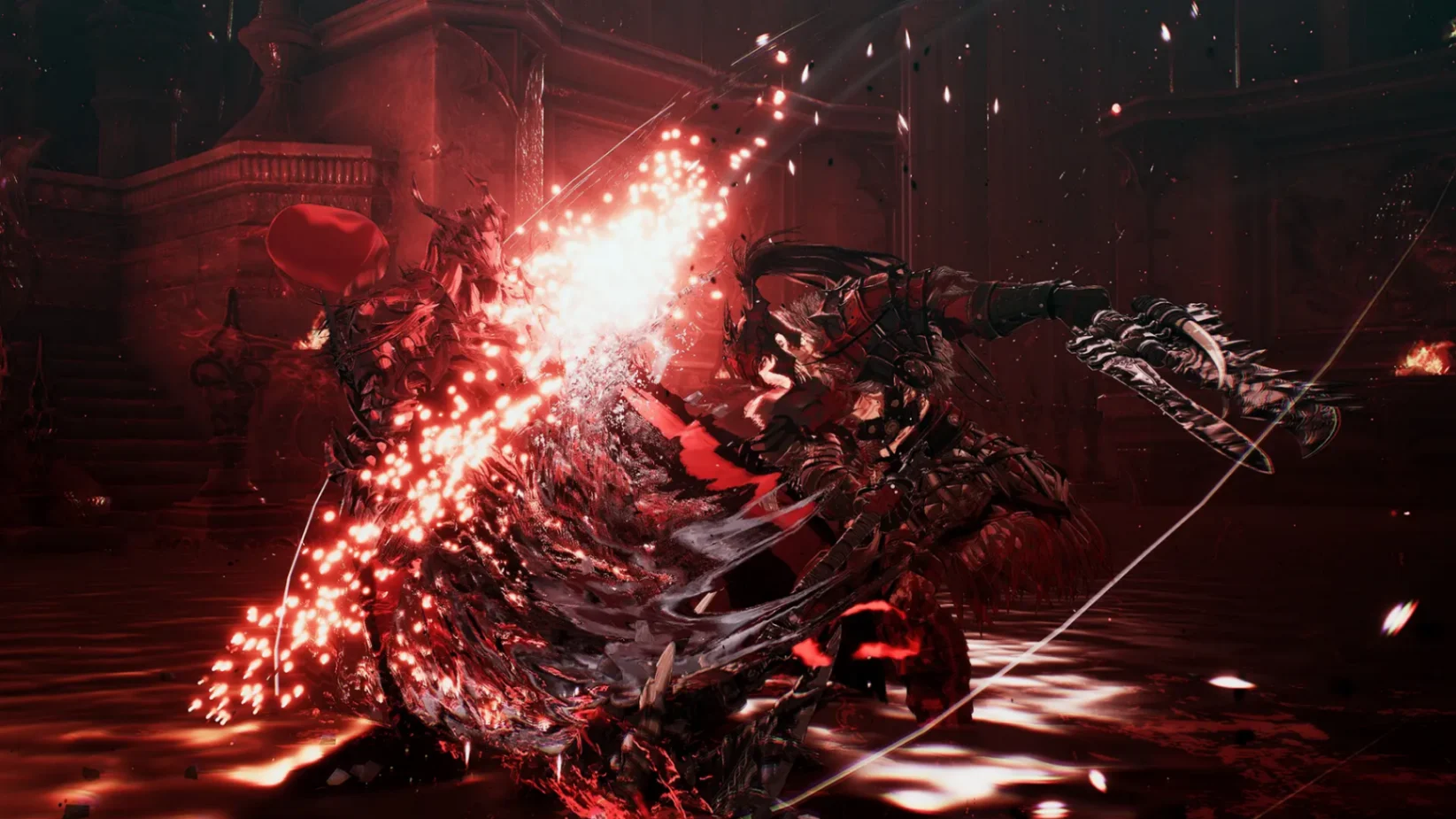
Conclusion
In conclusion, mastering “The First Berserker: Khazan” requires a blend of strategic gameplay, character development, and resource management. By understanding the core mechanics and utilizing effective combat tactics, you can navigate through the challenges the game presents. Don’t forget to explore the rich world around you, as hidden easter eggs and lore await those who venture off the beaten path. The journey is as rewarding as the destination, and the right strategies will enhance your gaming experience significantly. Happy gaming!
Frequently Asked Questions
What is the best starting strategy for beginners in The First Berserker: Khazan?
For beginners, the best starting strategy is to focus the skill tree on survival. Prioritize dodge and parry upgrades first. Choose a weapon type that fits your comfort level—the Spear offers a good balance of offense and defense for a new first berserker.
How do I defeat the toughest boss in the game?
To defeat any tough boss, study its attack patterns. Focus on dodging and parrying to conserve stamina and create openings. The combat is a war of attrition; stay patient, manage your health, and only attack when it’s safe to unleash your revenge.
Are there any missable items or quests I should watch out for?
Yes, some missable items and side quests exist. Thorough exploration is key to finding everything. Talk to every NPC in the hub after missions to unlock all quests for Khazan, as they provide powerful loot and upgrades you won’t want to miss.
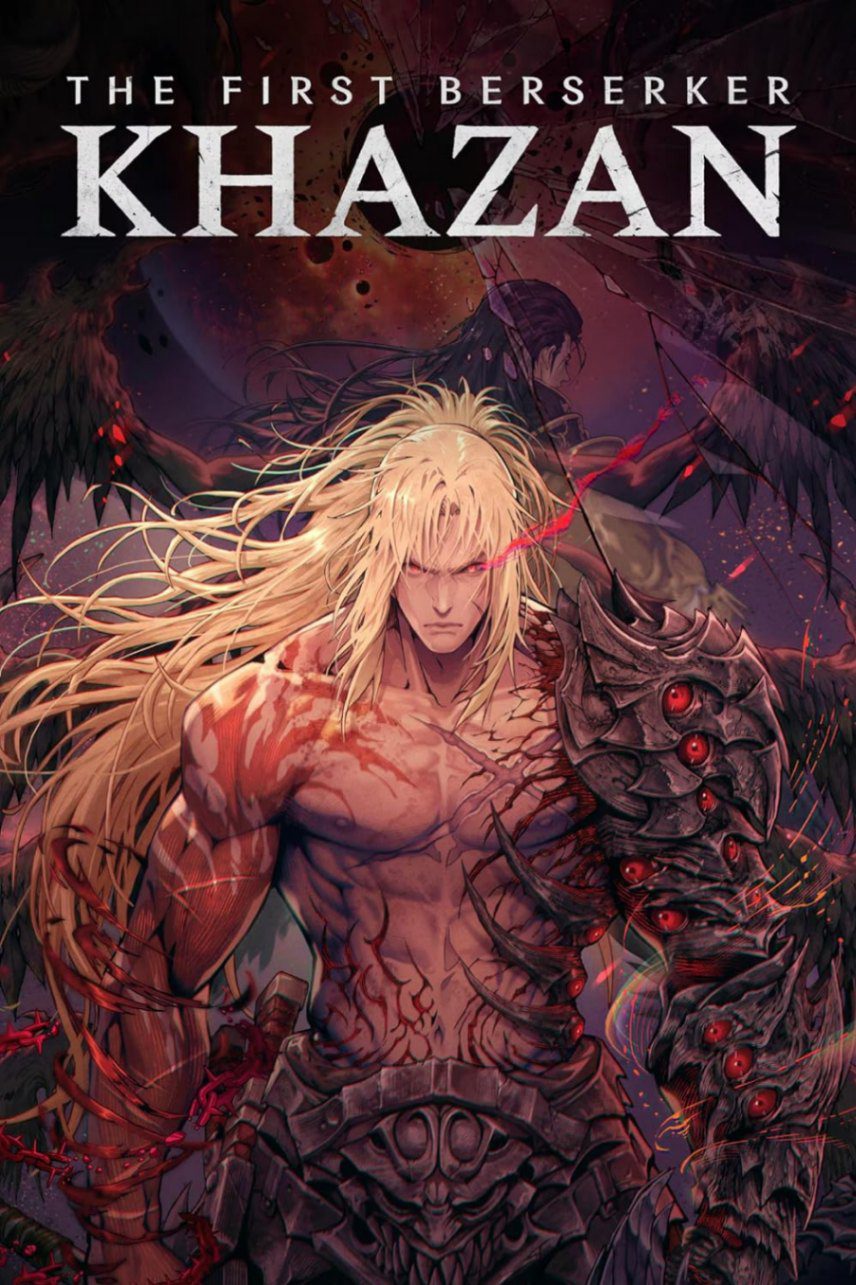
Leave a Reply